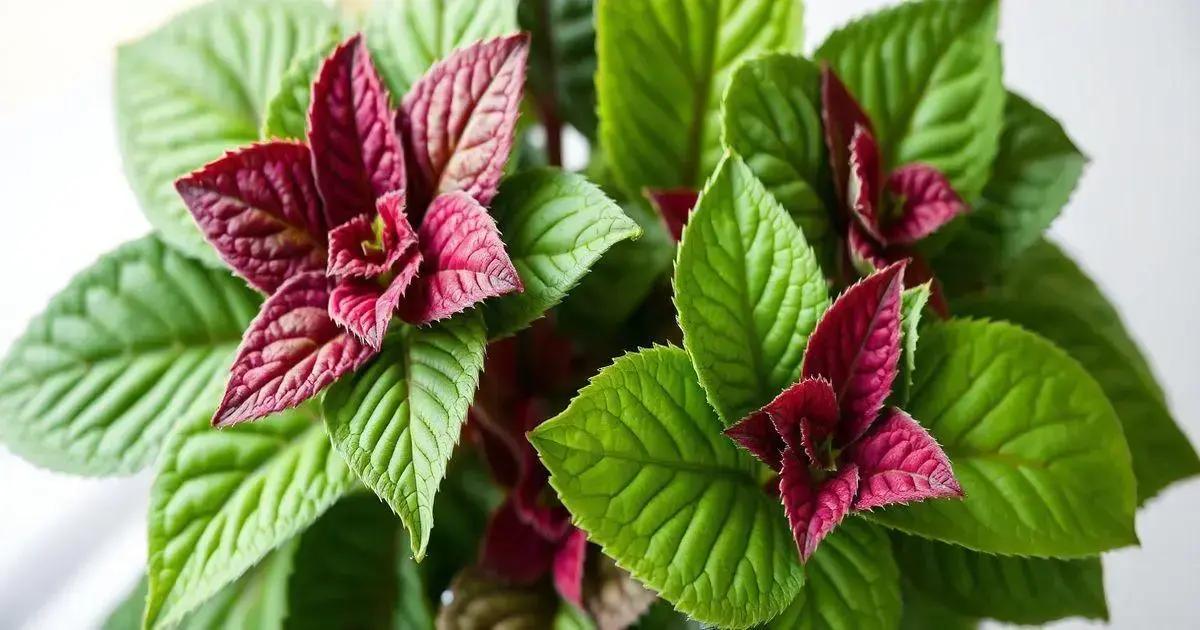How to Care for Coleus Plants: 5 Expert Tips for Thriving Growth
How to care for coleus plants is a common question among plant lovers. If you thrive on vibrant colors and lush foliage, then these beautiful plants are a perfect choice for your garden. However, their striking appearance comes with the responsibility of providing the right care. Let’s explore how to keep these plants looking their best.
Table of Contents
ToggleUnderstanding basic coleus plant needs
How to care for coleus plants involves understanding their essential needs. These stunning plants are known for their colorful leaves and can thrive in various conditions when given proper care. In this section, we will cover the basic requirements for coleus plants to flourish, making them a favorite among gardeners.
Soil preferences for coleus plants
- Coleus plants thrive best in well-draining, nutrient-rich soil.
- Adequate organic matter keeps the soil loose and improves moisture retention.
- Consider using potting soil or a mix specifically designed for indoor gardening.
Sunlight exposure requirements
- Coleus plants prefer bright, indirect sunlight for optimal growth.
- Direct sunlight can scorch their leaves, whereas too little light can lead to leggy growth.
- Finding the right balance is key; placing them near a window with filtered light works wonders.
Watering schedule
- These plants enjoy regular watering to keep the soil consistently moist but not soggy.
- Check the top inch of soil before watering; if it’s dry, it’s time to give them a drink.
- Be cautious of overwatering, which can lead to root rot.
Fertilizer application
- Applying a balanced liquid fertilizer during the growing season helps promote healthy growth.
- Feed your coleus plants every 4-6 weeks for vibrant coloration.
Pest control strategies
Keep an eye out for pests like aphids and spider mites, as they can damage coleus plants. Use insecticidal soap or neem oil for organic pest control methods.
To deepen your knowledge about the potting requirements, you might find exploring indoor gardening techniques helpful.
Watering tips for healthy coleus growth

Watering tips for healthy coleus growth play a crucial role in ensuring your plants flourish. The right balance of moisture not only keeps coleus plants vibrant but also wards off issues like root rot. In this section, we will detail key watering strategies that will promote healthy growth.
Understanding soil moisture levels
Monitor your potting soil to gauge when to water. A good rule of thumb is to check the top inch of soil:
- If it’s dry, it’s time to water.
- If it’s damp, wait a few days before checking again.
Signs of under or overwatering
- Underwatering may cause wilting and dry leaves.
- Overwatering typically leads to yellowing leaves and root rot.
Best watering practices
- Water in the morning to allow for good evaporation and prevent fungal issues.
- Ensure water thoroughly saturates the root ball, then let excess drain out.
- Consider using distilled or rainwater for the best nutrient absorption.
Frequency of watering coleus plants
Generally, coleus plants require watering every few days when conditions are warm and dry. However, during cooler months, reduce the frequency:
- Summer: Water every 2-3 days.
- Winter: Water every 5-7 days.
For more insights into how soil impacts the watering process, take a look at exploring indoor gardening techniques.
Optimal light conditions for vibrant coleus foliage
Optimal light conditions for vibrant coleus foliage are essential for maintaining the beautiful colors and lushness of these plants. Providing the right lighting greatly impacts growth and overall health. Here, we’ll explore the ideal light levels needed to promote the best displays of coleus foliage.
Understanding light requirements
- Coleus plants thrive best in bright, indirect light.
- Direct sunlight can scorch their leaves, while too little light can lead to weak growth.
Measuring sunlight exposure
- Place your coleus plants near windows that receive filtered sunlight.
- A south-facing window can provide ample indirect light for healthy growth.
Adjusting light conditions by season
During different seasons, it’s crucial to adjust your plant’s positioning:
- In summer, ensure they are shielded from harsh afternoon sun.
- In winter, as the light is less intense, moving them closer to a sunny window may be beneficial.
Signs of inadequate lighting
Be aware of these symptoms to monitor your plant’s wellbeing:
- Leggy growth and pale coloration may indicate too little light.
- Browning or crispy leaf edges suggest too much direct sunlight.
For further guidance on choosing the right soil that supports light conditions, visit exploring indoor gardening techniques.
In conclusion
Caring for coleus plants is a rewarding experience that requires attention to their specific needs, such as proper watering, optimal light conditions, and suitable soil. By following the tips provided throughout this guide, you can ensure vibrant and healthy foliage that adds beauty to your indoor garden. Remember to monitor your plants regularly and adjust care practices as needed. For further insights and tips on enhancing your indoor garden, keep exploring resources dedicated to plant care.

